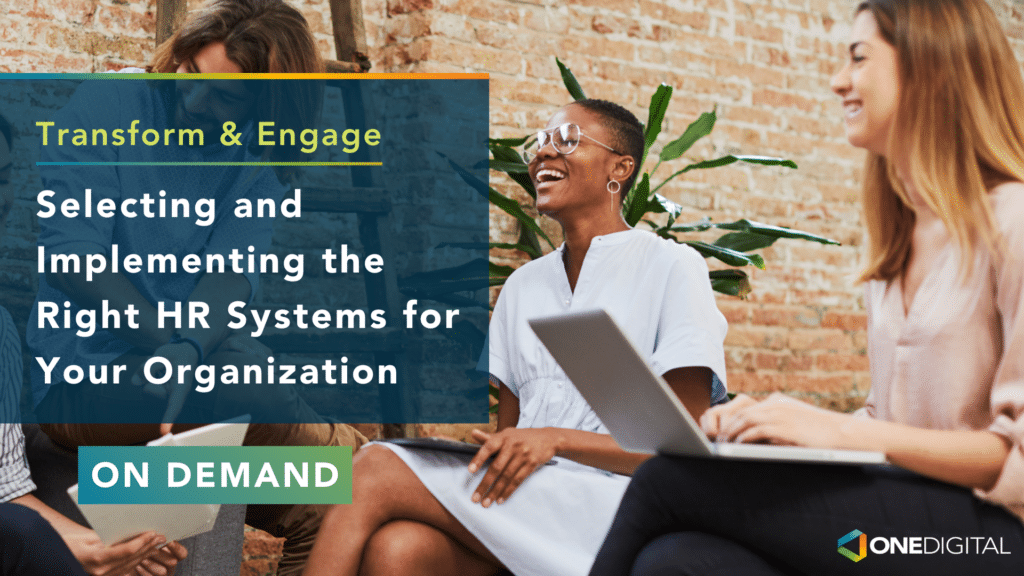Better Benefits
3 Steps for Implementing New HR Technologies the Right Way
3 Steps for Implementing New HR Technologies the Right Way
A thoughtful and proactive approach can help to mitigate risk and avoid over-burdening your HR teams.
So, you’ve finally done it. After months or years of petitioning senior HR executives, evaluating potential solutions, and negotiating with platform vendors, you’ve inked a deal for a new HR technology that will help to solve all your problems. Now, all you have to do is get the thing up and running.
While this sounds simple on paper, the truth is that this process often devolves into a convoluted and confusing slog with many moving parts. Whether you’re new to this type of process or simply looking for some guideposts and best practices, here’s a walkthrough on how to de-risk implementation, manage stakeholders appropriately, and make the integration of your beautiful new HR tool as painless as possible:
1. Kickoff and Initial Testing
Firstly, your new partner or system implementer should help to kick off the project by clearly defining what it is they will be delivering and when they will be delivering it. This includes the provision of templates for requirements gathering and data conversion, setting up a test system, configuring said system, and handing it over to your team to conduct the actual testing. This means that you must be prepared to define current processes and future requirements by leaning on your in-house experts and power users of your current systems for their input on implementation.
Then, once the new system is ready, you and your team should plan to test the system, ensure that it performs as expected, and troubleshoot with the vendor as needed. It’s worth noting that this process doesn’t involve the senior HR executives who initially greenlit the project – instead, it’s the local HR administrators, HRIS analysts, recruiters, payroll specialists, etc., who will be pulled away from their day jobs and called upon to tackle the nuts and bolts of this detail-oriented process. This is where the risk creeps in.
2. Follow-through and Risk Mitigation
These unsung heroes in your organization are a critical component in the implementation of any new HR tool or platform, so it’s important to make sure that they are not being over-leveraged, neglecting their core job duties, or becoming burnt out.
Balancing the wellbeing of your HR workforce with the imperative of integrating new technologies can be thought of as a Proactive-Reactive Risk. If not managed properly, the tug-of-war between the day jobs of your HR professionals and the “extra” work involved with the testing and implementation of new systems can put employees in an untenable position and force them to make unfortunate tradeoffs and compromises.
How do we avoid this risk? One way is to ensure that there is a Project Manager (or somebody operating in a similar capacity) who is overseeing the project on behalf of you and your team. A seasoned, forward-thinking PM will be aware of the potential pitfalls involved with HR technology integrations and will proactively work to ensure that the time of the specialists, admins, and analysts involved in this process is being used wisely and that there is clarity surrounding the degree of their involvement. While this doesn’t totally eliminate the risks outlined above, it can go a long way towards mitigating them.
3. Sourcing Third-Party Help
However, even the most effectively managed HR technology integration projects can sometimes become overwhelming. In situations like these, it may make sense to invest in the services of an outside party that can manage this process on your behalf and allow you and your team to focus on your primary work responsibilities.
Taking this step brings in extra capacity to assist and support your internal staff during the technology implementation process. Third-party implementation services typically involve experienced business analysts who specialize in working alongside your staff and providing assistance with tasks such as gathering requirements, creating test scenarios, scrubbing data, populating data templates for conversion, and managing user acceptance testing. This ensures that your valuable internal resources are only involved when absolutely necessary and frees your team from the time-consuming, detail-oriented work required to make your project successful. If you think that this type of third-party assistance sounds like a good fit for your needs, we encourage you to view our HR technology solutions page.
Looking for more HR technology analysis? Check out this blog on How API is Changing the Benefits Administration Game.



